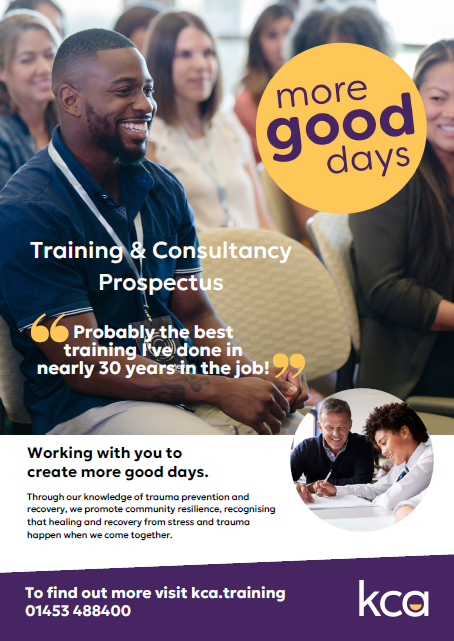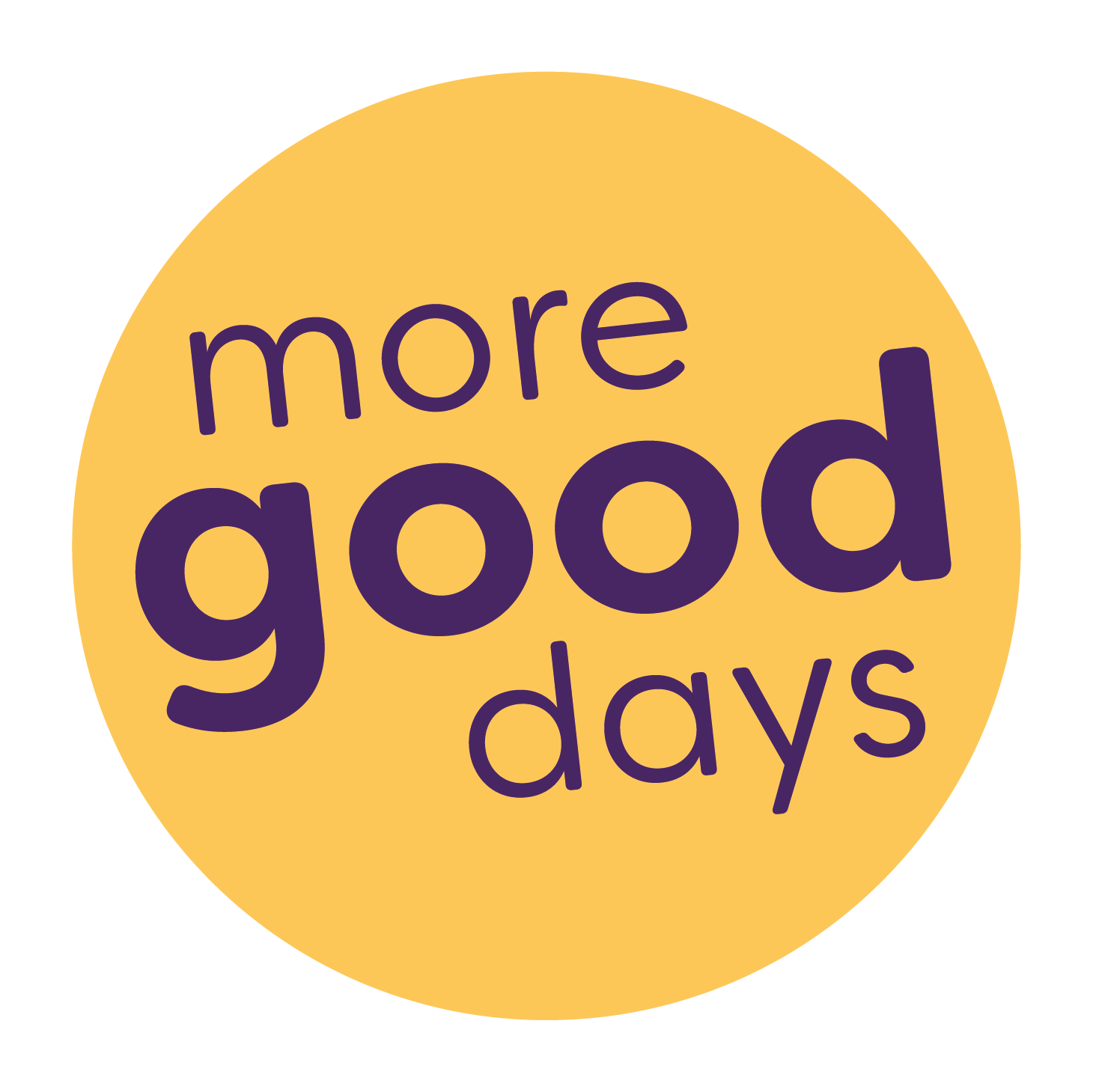Query
Template: /root/api/promo.cfc:613
Execution Time: 0.733 ms
Record Count: 3
Cached: No
Datasource: kcadev
Lazy: No
SQL:
SELECT *
FROM promo_blogs
WHERE
status IN ('L','D')
ORDER BY publication_date DESC
LIMIT 0,3
| | id | title | url_key | subtitle | author | publication_date | summary | content | hero_image | status | | 1 | 41 | Reclaiming Human Connection | reclaiming-human-connection | | | {ts '2025-06-26 00:00:00'} | In times of complexity and crisis, effective public services depend on connection, trust, and emotional safety—not just compliance or intervention. | <p> </p>
<p>Earlier this month, I attended the <em>Towards Relational Public Services</em> conference in Manchester, where researchers and practitioners from around the world shared learning on how public services can respond to increasing complexity; from the long shadow of Covid to the ongoing impact of global and national crises.</p>
<p>A powerful theme emerged: relational practice isn’t a soft skill or an add-on; it’s essential infrastructure.</p>
<p>Academics advocate for connection, trust, and emotional safety to sit at the heart of how we commission, design, and deliver services. It shifts the question from <em>“What’s the solution?”</em> to <em>“Who do we need to connect with to learn about what matters?”</em></p>
<p>Research shared at the event made it clear: outcomes aren’t achieved through compliance or intervention alone. They’re shaped by the quality of the relationships between practitioners and the people they support, within teams, and across services.</p>
<p>One speaker referenced the idea of a <em>polycrisis</em>: overlapping shocks and disconnected events that stretch systems and resources. In this context, linear, transactional responses to problems don’t work. <strong>Relationships are the connective tissue that help systems adapt and people recover.</strong></p>
<p>I was reminded of a story that a practitioner once told me:<br /> Her organisation had asked the people accessing their services what they found most helpful about the support they received. They expected responses about policies or effective services but instead people talked about the warmth with which they were greeted, being listened to, feeling like they mattered and being treated with dignity. A practitioner remembering the names of someone’s children made all the difference.</p>
<p>If we’re serious about embedding relational practice, then the research was clear that we need to:</p>
<ul>
<li>Nurture and reward self-aware and reflective leaders. </li>
<li>Trust teams to self-organise in ‘structure-lite’ conditions. This enables them to respond to individual needs and co-create solutions by learning what matters to the people they support.</li>
<li>Encourage the development of learning organisations where data is collected not to control, but to provide evidence for learning.</li>
<li>Train practitioners in trauma informed practice and the importance of concepts such as attachment and co-regulation.</li>
<li>Give practitioners permission to slow down and connect.</li>
<li>Commission for learning and relationships, not just outcomes.</li>
<li>Rethink how we work with theories of change so that we benefit from recording what happens in real time or shortly after, and then reflecting on this to leverage learning.</li>
<li>Measure what matters: trust, safety, connection.</li>
</ul>
<p>This isn’t a quick fix. Relational practice challenges dominant models of risk, control, and performance. But it opens a more human, sustainable way forward.</p>
<p>As Hilary Cottam puts it, <em>“People are not problems to be solved. People are beings to be supported.”</em></p>
<p> </p> | 16 | D | | 2 | 40 | Disrupting the School-to-Prison Pipeline: A Relational Reflection | disrupting-the-school-to-prison-pipeline-a-relational-reflection | | Holly Price | {ts '2025-06-10 00:00:00'} | In this blog, Holly Price, our Partnership Development Manager, highlights how understanding challenging behaviour in schools can help break the school-to-prison pipeline. | <p>The phrase ‘school-to-prison pipeline’ can sound like an oversimplification but when you've worked across education, family services, and even the prison system, as I have, you start to notice familiar patterns, particularly around the young people who fall through the gaps.<br />For many of them, early experiences of exclusion (both formal and informal) play a part in shaping that trajectory. It's rarely one moment or one choice, more a series of interactions, assumptions, and responses that slowly narrow their path.</p>
<p><strong>Behaviour often tells a story</strong></p>
<p>In different roles over the years, I’ve worked with young people who expressed themselves in ways that didn’t fit easily within the systems around them. Sometimes it looked like defiance, sometimes withdrawal, sometimes chaos but often, it was just their best way of managing things they didn’t have the words for yet.</p>
<p>It’s understandable that schools and services focus on behaviour, there are boundaries to hold, and pressures to meet attainment targets; but when challenging behaviour becomes the whole story and focus, it’s easy to miss what’s underneath.</p>
<p>I’m not sure there’s a quick fix, but I do think that when adults are able to stay curious (especially when it’s difficult) something different becomes possible.</p>
<div align="center"><hr align="center" size="2" width="100%" /></div>
<p><strong>What could we do instead?</strong></p>
<p>From what I’ve seen, the moments that make the biggest difference are rarely dramatic. They're small and human: a member of staff who checks in with a child or young person rather than simply calling out ‘bad’ behaviour; a quiet offer of support rather than a consequence; a conversation that happens before frustration boils over.</p>
<p>We know we can’t transform everything overnight, but we can notice the interactions that already feel relational and protective - and do more of that, more intentionally. This describes KCA’s theory of change: notice what you do well and then do it more. This moment-by-moment reflection amplifies good practice.</p>
<p>So many practitioners do this valuable work of human connection well, and perhaps part of the challenge is just creating the space and support to enable them to keep doing it, especially when the day job can leave us feeling stretched and frazzled.</p>
<div align="center"><hr align="center" size="2" width="100%" /></div>
<p><strong>The numbers behind the pattern</strong></p>
<p>Nationally, there are shifts worth paying attention to.</p>
<p>In 2022–23, the number of young people entering the youth justice system in England and Wales rose for the first time in a decade - around <strong>8,400 first-time entrants</strong>, with a <strong>7% increase among 10- to 14-year-olds</strong>.<br /> (Source: Children & Young People Now)</p>
<p>That doesn’t tell us everything, but it does suggest that the urgent need for early, thoughtful responses to distress and perceived misbehaviour.</p>
<div align="center"><hr align="center" size="2" width="100%" /></div>
<p><strong>Some things I try to hold on to…</strong></p>
<ul>
<li>Behaviour usually has a backstory - it’s rarely the whole picture.</li>
<li>Young people tend to do better when they feel safe, when they know they matter and when they feel that they belong.</li>
<li>Staff do better when they feel supported too.</li>
<li>Connection and trust are built over time, in small everyday moments and interactions.</li>
<li>Sometimes, it’s about doing what we already know works, with a bit more space and intention.</li>
</ul>
<div align="center"><hr align="center" size="2" width="100%" /></div>
<p>There’s no one solution to the school-to-prison pipeline but I believe in the power of relationships to interrupt it. Practitioners are often key secondary attachment figures for children and young people with additional support needs. When we find consistent ways to help them feel seen, held in mind, and gently guided towards a different way forward; they heal and thrive.</p>
<p> </p> | 15 | L | | 3 | 39 | Why public health professionals are turning their attention to childhood trauma | why-public-health-professionals-areturning-their-attention-to-childhood-trauma | | Tom Adam | {ts '2025-04-24 00:00:00'} | Our Partnership Development Manager, Tom Adam, explores how early adversity impacts lifelong health, and why understanding trauma is essential for public health initiatives... | <p>When you imagine public health initiatives, stop-smoking campaigns, 5-a-day fruit and veg and Covid are some that spring to mind. However, UK public health professionals are increasingly focused on reducing Adverse Childhood Experiences (ACEs) such as abuse and neglect. Evidence has been clear for many years that ACEs significantly increase the risk of negative health outcomes throughout someone’s life.</p>
<p>A 2020 study estimated that £42.8 billion of annual health spending in England and Wales is attributable to ACEs. This figure includes health expenses but also lost productivity, increased use of public services and welfare. The study found those who have suffered ACEs in childhood are far more likely to smoke, have poor mental health and to experience violence. The risk of chronic illness like cancer and heart disease is greater and for those that have experienced 6 ACEs, life expectancy reduces by an appalling 20 years.</p>
<p>In recent years, the term ‘trauma-informed’ has become common language and training professionals across public services continues to grow. The awareness amongst professionals such as teachers and social workers has helped them to identify children who are at risk and provide additional support. It is now widely accepted that with a trauma informed approach from safe and trusted adults, children and young people who have experienced ACEs can avoid life-long health inequality.</p>
<p>Trauma-informed practices are now being embedded across sectors such as housing, justice and health – and in adult services. It’s no longer considered niche or a ‘nice to have’, it’s a cornerstone of public health initiatives and services for children and young people in the UK. This also isn’t a quick easy fix. This is a cultural shift that we have to make as a society and thankfully the increased awareness continues to build momentum. </p> | 9 | L |
|



